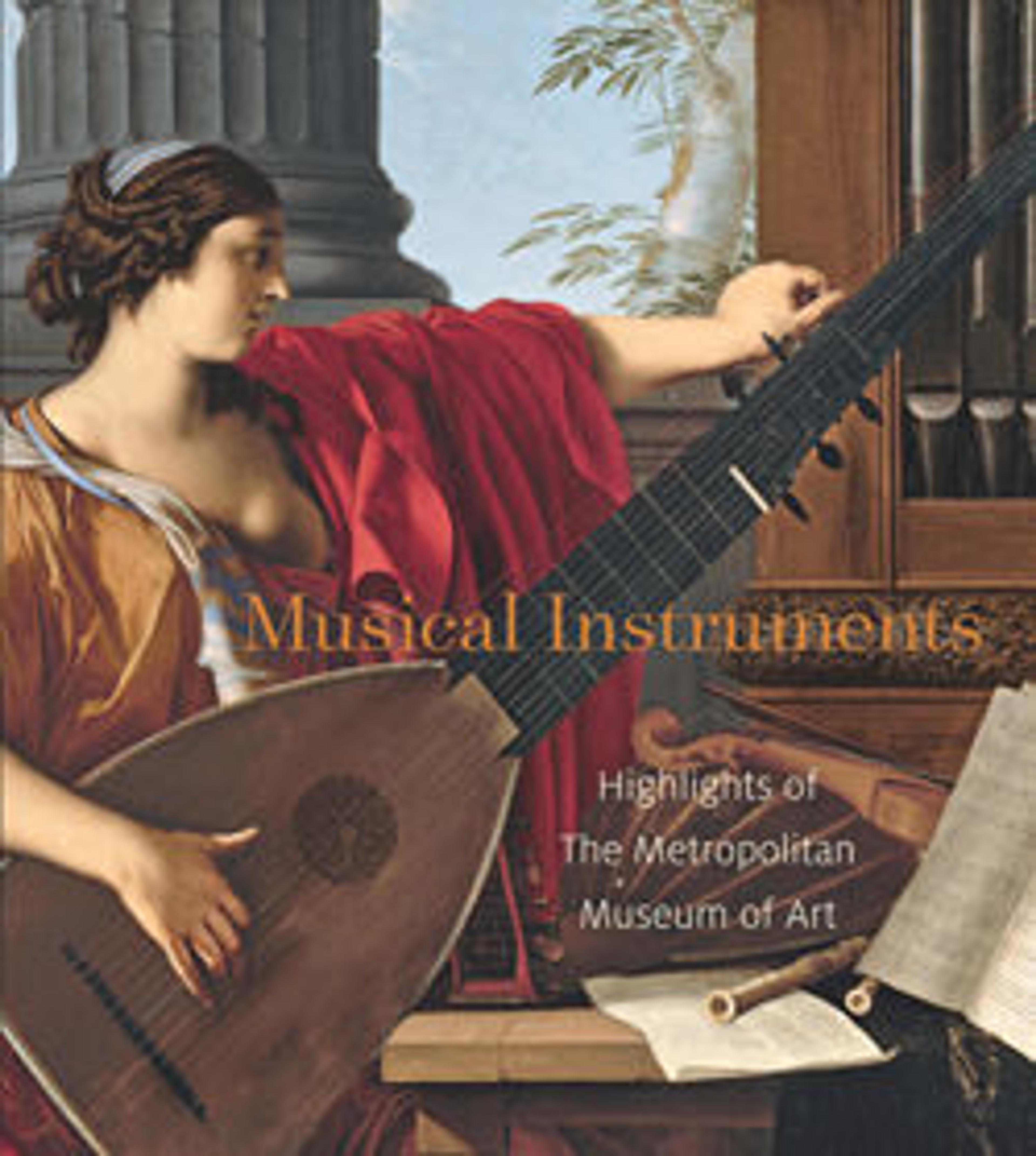Drum
Ceramic drums with central, bulging sounding chambers were made in southern Peru at the turn of the first millennium. Among the most elaborately finished are those of Nasca style. They were surfaced with the many rich colors commonly used on Nasca ceramic vessels. A favored form was one in which a fat-bodied figure was worked into the shape of the instrument, the rotund body spreading out equally on all sides and the legs drawn up in the front. The figure is depicted atop the wide mouth of the drum, over which a skin would have been stretched. The image is symbolically complex; a snake emerges from under the figure's chin and a killer whale outlines each eye. The killer whales are in profile and show the "two-tone" color differentiation normally given them in Nasca depictions. A headband is wound around the head and tied to form a hornlike projection on the forehead. In back, the figure's hair is shown as serpents with long tongues.
Artwork Details
- Title:Drum
- Artist:Nasca artist(s)
- Date:100–400 CE
- Geography:Peru, South Coast
- Culture:Nasca
- Medium:Ceramic, slip
- Dimensions:H.17 3/4 x Diam. 10 in. (45.1 x 25.4 cm)
- Classification:Ceramics-Musical Instruments
- Credit Line:The Michael C. Rockefeller Memorial Collection, Gift of Mr. and Mrs. Raymond Wielgus, 1964
- Object Number:1978.412.111
- Curatorial Department: The Michael C. Rockefeller Wing
More Artwork
Research Resources
The Met provides unparalleled resources for research and welcomes an international community of students and scholars. The Met's Open Access API is where creators and researchers can connect to the The Met collection. Open Access data and public domain images are available for unrestricted commercial and noncommercial use without permission or fee.
To request images under copyright and other restrictions, please use this Image Request form.
Feedback
We continue to research and examine historical and cultural context for objects in The Met collection. If you have comments or questions about this object record, please contact us using the form below. The Museum looks forward to receiving your comments.
